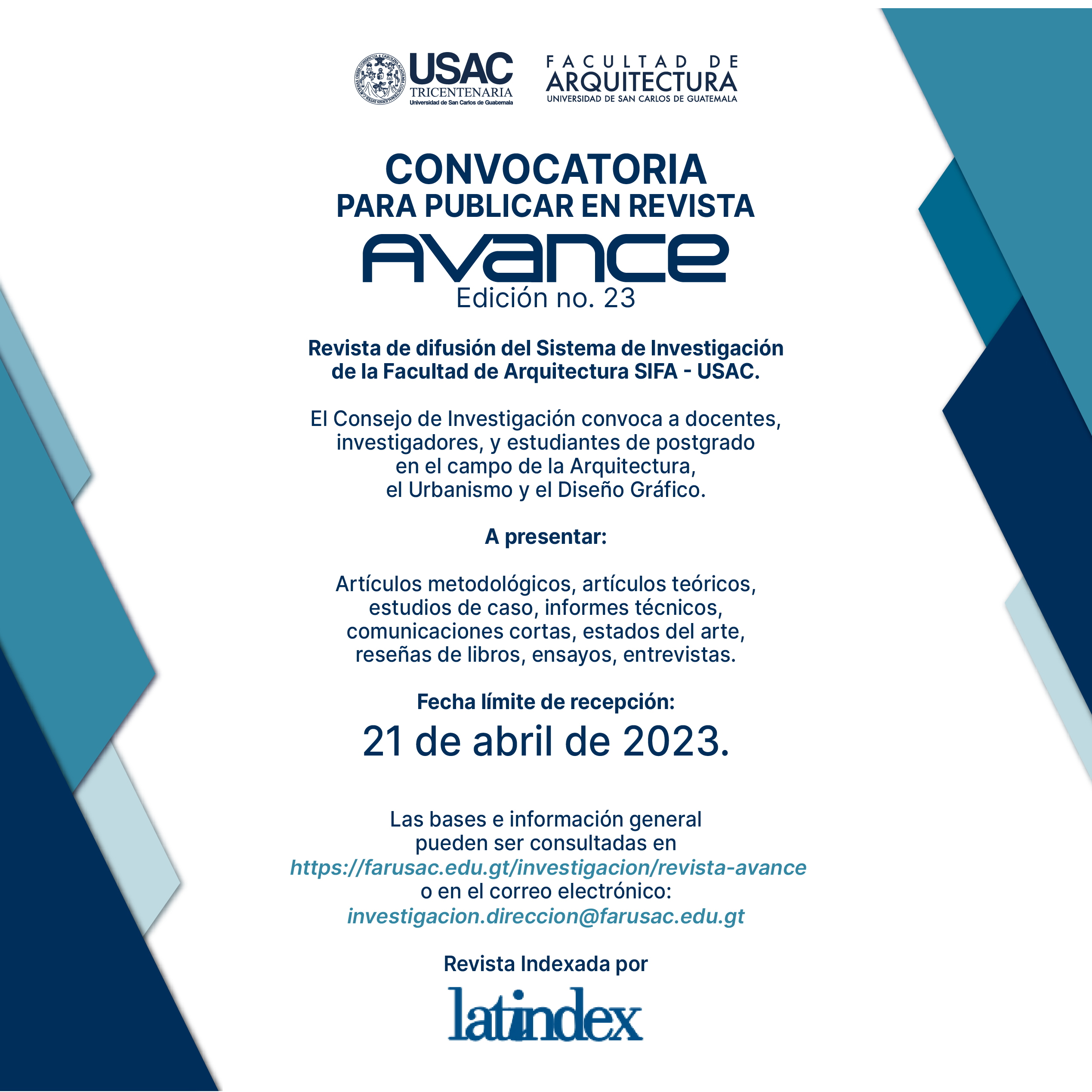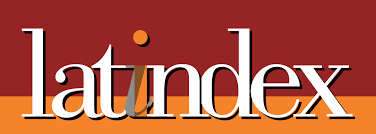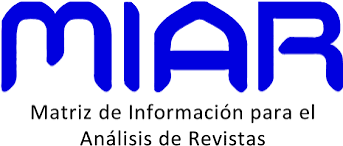Submissions
Submission Preparation Checklist
As part of the submission process, authors are required to check off their submission's compliance with all of the following items, and submissions may be returned to authors that do not adhere to these guidelines.- The submission file is in Microsoft Word format and should not contain the name(s) of the author(s).
- The Chicago style is used, in the form of footnotes. References will be exclusively to works cited in the article.
- The author submits a letter of assignment of copyright, in the format of the journal.
- The text is 1.5 spaced; 10 point font size; italics are used instead of underlining (except in URLs); and all illustrations, figures and tables are placed in the appropriate places in the text, in the Chicago format.
- The submission has not been previously published or submitted for consideration by any other journal (or an explanation has been provided in the Comments to the Editor).
- Whenever possible, URLs are provided for references.
- The text adheres to the stylistic and bibliographic requirements summarized in the Author Guidelines, which appear in About the Journal.
- The author(s) submit(s) ORCID registration number(s)
Artículos
Es una descripción de los métodos y modos de haber logrado un aporte o parte de la verdad científica, por lo que representa una unidad de conocimiento a través de una investigación, en el cual se describen los antecedentes y el proceso experimental o no de un fenómeno y analiza su contribución al conocimiento. Éste refleja desde el punto de vista del autor lo que acontece en el suceso de una experiencia de investigación; explica la esencia de los factores que han participado en los resultados, por lo que sus objetivos son: exponer los antecedentes al lector sobre el estado de los conocimientos antes de iniciarse la investigación, explicar las razones y propósitos, determinar la metodología empleada y analizar y explicar los resultados.
Deben tener las siguientes características:
a. Tener como base los resultados de una investigación científica original y relevancia.
b. Abarcar parte del estado del conocimiento vigente.
c. Estar escrito en lenguaje adecuado y reunir una serie de condiciones formales y de contenidos propios de un texto científico.
d. Pertinencia de los textos, en todos los casos, deberá estar determinada por expertos en la materia.
Reseñas
Su propósito es describir, analizar y emitir un juicio crítico sobre el valor de una obra. Se debe hacer un recuento del contenido, seleccionando lo significativo, las ideas esenciales, el propósito, la finalidad y otros aspectos complementarios; pero no solo es la descripción de los hechos o elementos que componen el libro, a su vez se debe exponer una valoración crítica, que será la posición de quien la escribe.
Es importante tener claro que ésta no es un resumen de un libro, sino que ofrece una orientación sumaria y crítica sobre el contenido de una publicación. La crítica debe reunir ciertas condiciones como: una valoración crítica ponderada, justa y objetiva, con tono respetuoso y ecuánime, evitando el elogio exagerado como la inclinación con extrema dureza, debe ser informativa, precisa, ágil y clara. El que escribe debe ser maduro, reflexivo y con especialidad en la materia para poder realizar un buen juicio. Ésta debe ser analítica y sintética.
Una reseña debe contener: título, donde se deje entrever el juicio valorativo del autor, referencia de la obra, donde se indica la obra, autor, edición y todos aquellos datos que ayuden al lector a ubicarla mejor, ubicación del autor y de la obra, es conveniente ubicar al autor y a la obra en el tiempo, exponiendo un breve resumen o datos importantes del currículo del autor, otras obras importantes que tengan que ver con el tema del libro, características notorias y de relevancia de laobra; compendio de la obra, se expone de manera clara y precisa una síntesis de las ideas o hechos más importantes y juicio crítico, siendo esta la parte más importante del escrito ya que el autor expone su interpretación la cual debe ser respaldada con los mejores argumentos sustentados con evidencias.
Ensayos
Es una composición de extensión moderada donde el autor expresa sus reflexiones acerca de un tema determinado y presenta una interpretación subjetiva y libre sobre un aspecto de la realidad. El objetivo es plantear cuestiones y señalar caminos sin llegar a soluciones firmes. Lo principal de este escrito es el punto de vista que asume el autor al tratar un tema. En él se debe mostrar de forma permanente el punto de vista del autor, el cual puede ser crítico, didáctico, poético, etc. Donde uno de los principales objetivos es despertar en el lector una serie de inquietudes sobre un tema.
Un ensayo debe contener, introducción, donde se ubica al lector en el tema, aquí se debe exponer la tesis (planteamiento que se debe mantener y sustentar) donde el autor expone su punto de vista, su actitud y posición frente al tema, ésta debe ser interesante, donde convenza a su lectura. Desarrollo: se exponen los argumentos o razones que sustentan la tesis, así como los contrargumentos, aquí se debe explicar, justificar cada uno de los puntos de las tesis, lo cual es importante hacer en base a argumentos basados en evidencias o pruebas que los hagan creíbles, no pueden simplemente exponerse sin debido sustento, se deben exponer citas de autoridades en la materia, mostrar casos, cifras, estadísticas, observaciones útiles para convencer al lector de la validez de la tesis. Conclusión: debe contener un resumen de lo expuesto, conclusiones que planteen un valor del significado de las ideas expuestas las cuales deben fluir de manera natural del cuerpo del escrito.
Informes técnicos
Su propósito es comunicar información especializada, resultado de la ejecución o desarrollo de un proyecto o de determinadas actividades. Su objetivo es comunicar los resultados y la manera como se llegó a ellos. Su función principal es eminentemente comunicativo, por lo que es válido la no argumentación. Su lenguaje debe ser claro, preciso, denotativo y objetivo.
Entrevistas
Puede publicarse la transcripción de entrevistas realizadas a expertos en temas de actualidad, en cuyo caso, debe identificarse quien realiza la entrevista, los datos de la persona entrevistada. Debe realizarse una breve descripción del contexto de realización de la entrevista, fecha de la misma, medios empleados.
Copyright Notice
The author who publishes in this journal accepts the following conditions:
- The author grants the Faculty of Architecture of the USAC the exclusive right to reproduce, publish, edit, publish, post, communicate and transmit it publicly in any form or printed or electronic media, including the Internet in the Avance Magazine.
- The Faculty of Architecture will grant the work a license Creative Commons Attribution-NonCommercial-ShareAlike 4.0 International.
Privacy Statement
The names and email addresses entered in this journal site will be used exclusively for the stated purposes of this journal and will not be made available for any other purpose or to any other party.












